As with most things when it comes to switching converters, performance under a wide range of loads or even no load is highly dependent on the topology.
Resonant converters are an entire class of topologies, rather than a single topology, so there is only so much that can be generalized about them.
What you describe is true for series resonant converters (SRCs) and parallel resonant converters (PRCs), for somewhat different reasons. Neither of those converters has a particularly wide useful load regulation range.
However, those topologies are also ancient and obsolete. Most resonant converters (and controllers) available today use more advanced resonant topologies that combine both forms of resonance into a series parallel resonant converter (SPRC).
The most common SPRC is the LLC converter, though LCC converters also exist. LLC converters readily achieve good efficiency over a 10% to 100% load range, and can ensure regulation down to no-load conditions, though they do maintain a minimum circulating current which dissipates power in the switches. This results in relatively high idle power usage, but if your expected range is 1kW to 10kW, this should not be an issue.
LLCs can be designed to provide peak efficiency at full load where it is needed most, with a modest (<5%) reduction in efficiency even at light load (10%) conditions.
It is important to understand that the controller you select can often overcome the limitations of a given topology. While a basic LLC converter would be well suited to your load range, there is no reason you have to accept high standby power or that light load efficiency reduction.
Even modestly more advanced controllers will use some variation of burst mode, pulse skipping, or PWM+PFM control to achieve very good no load and light load performance by simply switching off the LLC as needed (while keeping the output in regulation of course), or simply transitioning to a more traditional, hard switched PWM control method when the load is low enough that hard switching becomes more efficient.
As for transient response, this is not so much determined by the topology per se (though it plays a heavy part) but rather the controller you are using and the control method it employs. Topology does dictate the available control methods, but there is nothing inherent to resonant converters, particularly LLC converters, that limits their transient response performance.
Many LLC converters use direct frequency control (DFC), and this does indeed have relatively poor transient response. A 90% load step can take 1-5 milliseconds to get back into regulation.
However, there are other control methods, like hybrid hysteretic control (HHC) which can achieve very good transient response performance in the range of 100-200µs to get back into regulation for a 90% load step.
There are controllers available with both excellent no load to light load efficiency as well as HHC control. I believe TI has an active patent on HHC, so they may be the only vendor, but this is also far from an exhaustive list of 'dirty tricks'.
Every topology has a wide variety controllers available, and they can typically work around many of a topology's limitations to greater or lesser degrees.
Regardless, at such high power levels, using a resonant mode topology is the best option. You get excellent efficiency, so now you can start looking at controllers (or control schemes if you plan on doing the control yourself) and see what your options are. Those options will almost always have dirty tricks up their sleeves to mitigate or even eliminate topology limitations.
I always advise people to select a topology very generally and loosely, but try to maintain a controller-centric design process, as the controller selection can have at least as much of an impact on the final performance of a converter as the topology itself does.
